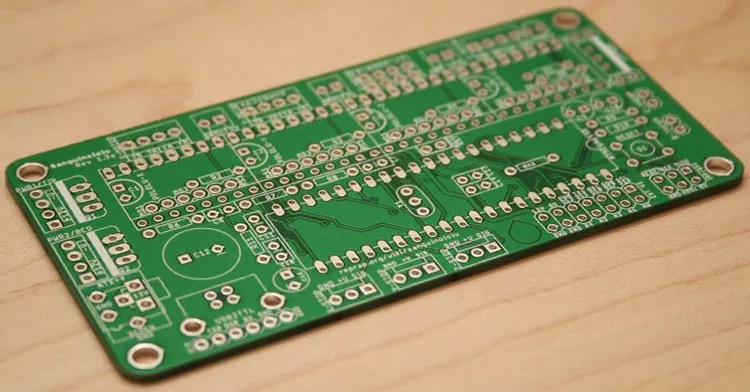how many layers in pcb?
By: 01/09/2024 09:33

Circuit boards, as essential electronic components, vary in the number of layers according to practical application needs. In manufacturing, the layer count of circuit boards can range from a few layers to several dozen. Generally, the more layers a circuit board has, the more intricate the circuit design it can accommodate, although this comes with higher production costs.
If you want to order PCB product, please check and custom your order online.
Beyond traditional single-sided and double-sided boards, the emergence of multi-layer circuit boards further enhances circuit design flexibility and electronic product performance. Within the inner layers of multi-layer boards, circuit connections can be established, offering expanded wiring space and higher wiring density, significantly improving the efficiency and reliability of circuit designs.
Presently, multi-layer circuit boards can reach dozens of layers, with common configurations including 4-layer, 6-layer, 8-layer, 10-layer, and 12-layer boards. Specific layer counts depend on practical application requirements; for instance, sectors demanding higher frequencies, densities, and reliability, such as telecommunications, medical devices, and aerospace, often require more layers.
With continual technological advancements, the layer count of circuit boards continues to increase. Looking ahead, as electronic products become smaller and smarter, there is potential for further escalation in the layer count of circuit boards. However, the layer count isn't the sole benchmark; other factors such as materials, manufacturing processes, and reliability need comprehensive consideration.
The most common layer counts for circuit boards are double-sided and four-layered.
Double-sided boards are the most fundamental PCB type, also known as single-sided boards because conductors are only present on one side. When conductors are restricted on one side, it transforms back into a single-sided board. A four-layer board employs two double-sided PCBs with an insulating layer between them. Four-layer blind-buried vias boards process blind-buried holes on four-layer boards to increase wiring density.
Moreover, the design advantages of six-layer boards optimize electromagnetic interference and enable transmission of signals at different speeds. An eight-layer board is akin to a six-layer board with an additional single-layer board on top and bottom, typically comprising four wiring layers and four reference plane layers, offering superior signal integrity and EMC characteristics. Boards with ten or twelve layers and more are commonly used in smartphones and data servers, with flexible boards being prevalent.
Industry Category











